Denmark's Disgraceful Livestock Tax
Family farms will be hit hardest by the government's tax on farm animals
This week, the nation of Denmark—a large exporter of pork and dairy products—enacted the world’s first tax on greenhouse gas emissions from livestock.
Starting in 2030, the small Scandinavian nation will impose taxes on farmers for the greenhouse gas emissions of their farm animals. The tax will start at $43 per ton of carbon dioxide equivalent and rise to $107 per ton in 2035, although tax credits to farmers will reduce the actual cost to $17.3 per ton in 2030 and $43 in 2035.
As someone who grew up on a small, 500-acre family dairy farm in rural Wisconsin, where we milked cows and raised beef cattle and hogs, these taxes are especially offensive because they will almost certainly amount to the government forcing smaller family farmers out of business, benefiting larger corporate farms that can more readily stomach the cost increases.
“Green Tax Reform”
According to the report from the Danish government explaining the taxes entitled Green Tax Reform, farmers will be taxed according to the emissions factor of their livestock. I’ve done the courtesy of wading through the 241 pages of bureaucratese—with the help of Google Translate— to determine the costs imposed on farmers who are working to put food on the table of families in Europe.
According to the emissions factors in the report, a dairy farmer milking “heavy breed” cows, which I assume are Holsteins, would be forced to pay nearly $80 per head in 2030 and nearly $200 per head in 2035. Without the income tax reductions, these taxes would total $200 per head in 2030 and almost $500 per head in 2035.
Hogs will be taxed less because they are not ruminants - meaning they don’t chew their cud - and therefore, they generate less methane than cattle, sheep, or goats.
Financial Hardship for Small Family Farms
These taxes will have devastating consequences for family farms like the one my family operated.
We were a small operation, even by the standards of the late 1990s, milking 50 head of Holsteins, raising 100 beef cattle, and raising anywhere between 200 and 300 pigs. Under the taxes imposed by the Danish government, we would have had to pay $7,840 each year for the privilege of milking twice a day, cleaning barns, and growing corn, soybeans, and hay to put food on other people’s tables.
In speaking with my dad, our farm was only netting about $10,000 per year in those days—$20,000 in 2024 dollars—meaning almost 40 percent of our farm income would be lost to the livestock tax.
My sister and I never really felt deprived of anything in our childhoods, but we also knew that our family had to be very careful with the money we did have. Under this tax regime, I’m not certain we would feel the same way, and small luxuries like playing baseball in the summer or dance lessons for my sister would have been harder to afford if not entirely out of reach.
These tangible, real-world financial harms will impact small family farmers, who are already an endangered species in Denmark.
Danish Farm Trends
According to Statistics Denmark, the number of small farms owned by sole proprietors has seen a drastic decline since 2006. The number of farms with fewer than 100 cows has declined, while farms with more than 200 dairy cows have seen steady growth.
The same occurred in the hog business, where the number of farms with less than 100 pigs fell from 3,699 in 2006 to just 479 in 2023. Meanwhile, the number of large pig farms with more than 15,000 pigs grew from just three in 2006 to 81 in 2023. The overall number of pig farms in this time frame fell by a factor of 4.5.
What Do These Taxes Accomplish, Exactly?
The Danish government expects these measures to reduce carbon dioxide equivalent emissions by between 2.4 and 3.2 million metric tons. For comparison, as
noted in his recent article, Numbers Don’t Lie, China’s carbon dioxide emission grew by 642 million tons in just one year.This means the Danish government is punishing its farmers, especially small ones, to offset just 0.5 percent of China’s emissions growth in the last twelve months.
Greenhouse gases are a global phenomenon, and they do not care where the emissions come from. Unfortunately, lawmakers in Denmark seem to believe that if they enact economy-killing regulations at home, they will somehow be spared the brunt of emissions elsewhere. This simply isn’t true. There is no “climate passover,” and there is no climate heaven.
Conclusion
Economies of scale have been the primary driver of the trend away from smaller farms toward larger ones, and I am not reflexively against larger farming operations. However, I am strongly against punitive government taxes that will make life harder for the families of small farmers for no measurable environmental benefits.
Numbers Don’t Lie by Robert Bryce:
These 9 charts from the Statistical Review Of World Energy expose the myth of the energy transition & show hydrocarbons are growing faster than alt-energy
Supreme Court strikes down Chevron, curtailing power of federal agencies by Amy Howe:
By a vote of 6-3, the justices overruled their landmark 1984 decision in Chevron v. Natural Resources Defense Council, which gave rise to the doctrine known as the Chevron doctrine. Under that doctrine, if Congress has not directly addressed the question at the center of a dispute, a court was required to uphold the agency’s interpretation of the statute as long as it was reasonable. But in a 35-page ruling by Chief Justice John Roberts, the justices rejected that doctrine, calling it “fundamentally misguided.”
Michigan’s Electricity Forecast Looks Grim by
:An upcoming Mackinac Center report will explore the danger posed to Michigan’s energy grid by the state’s rushed transition to weak alternative power sources. But we can already see a looming disaster in projections from the Midcontinent Independent Systems Operator.




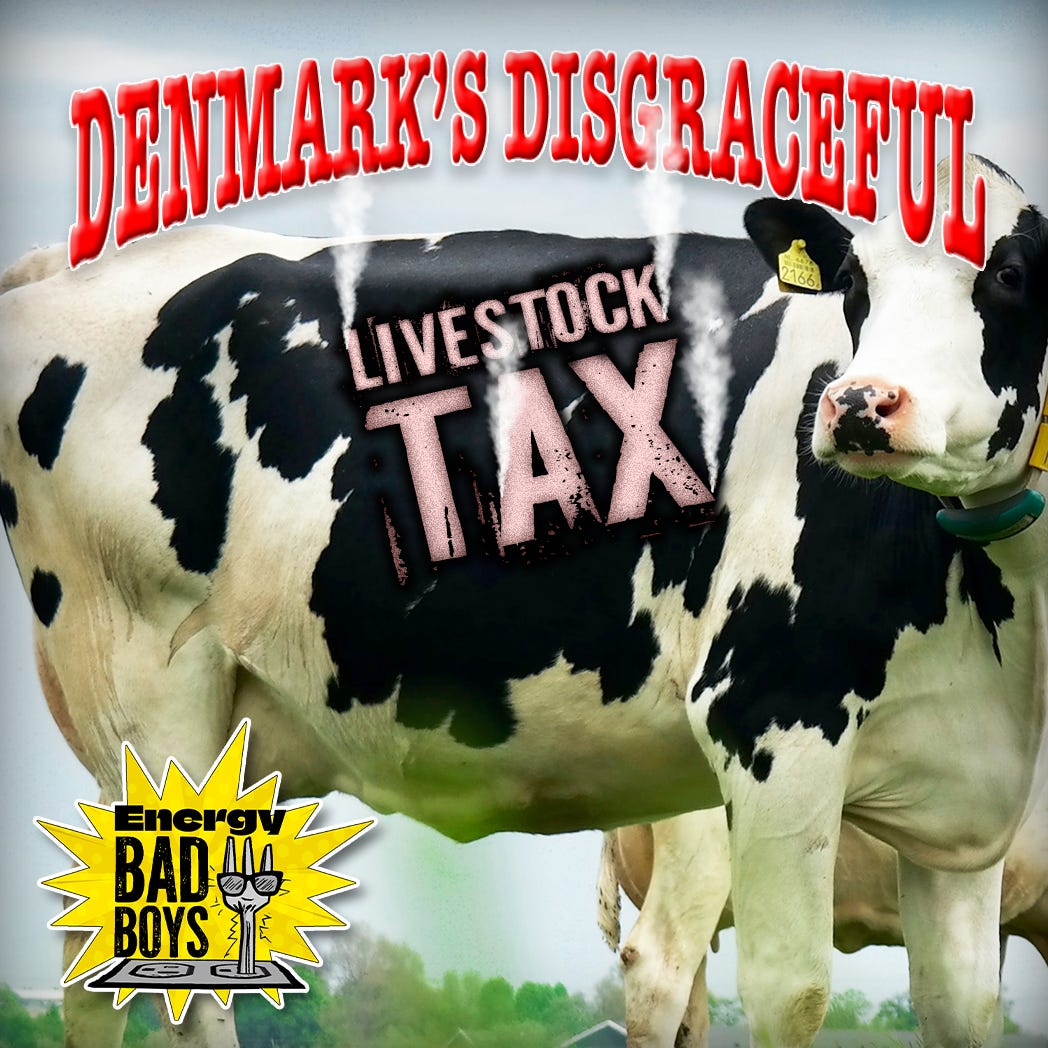
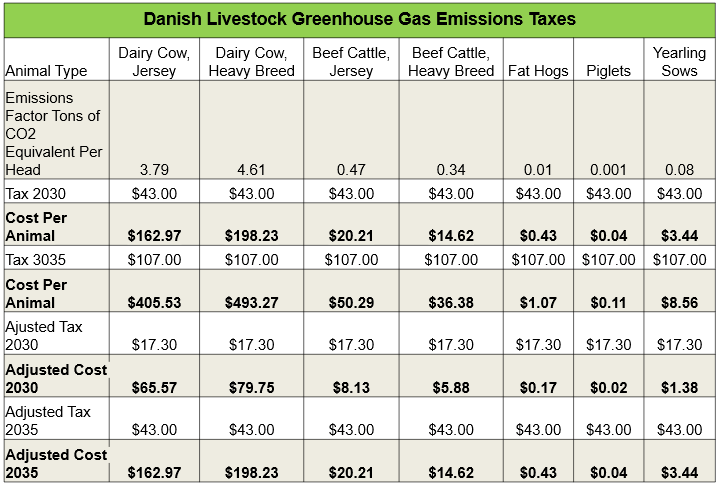
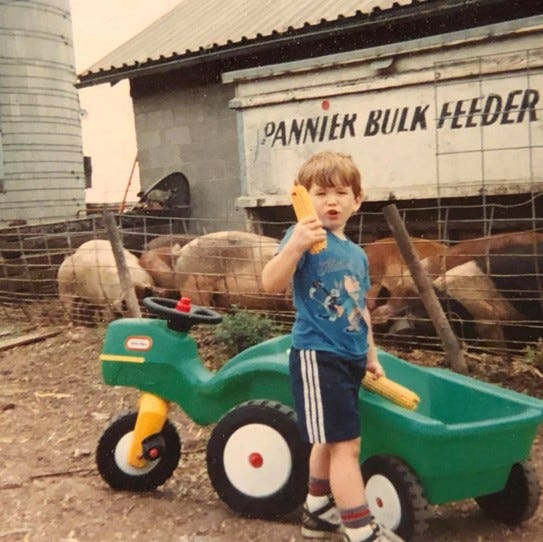
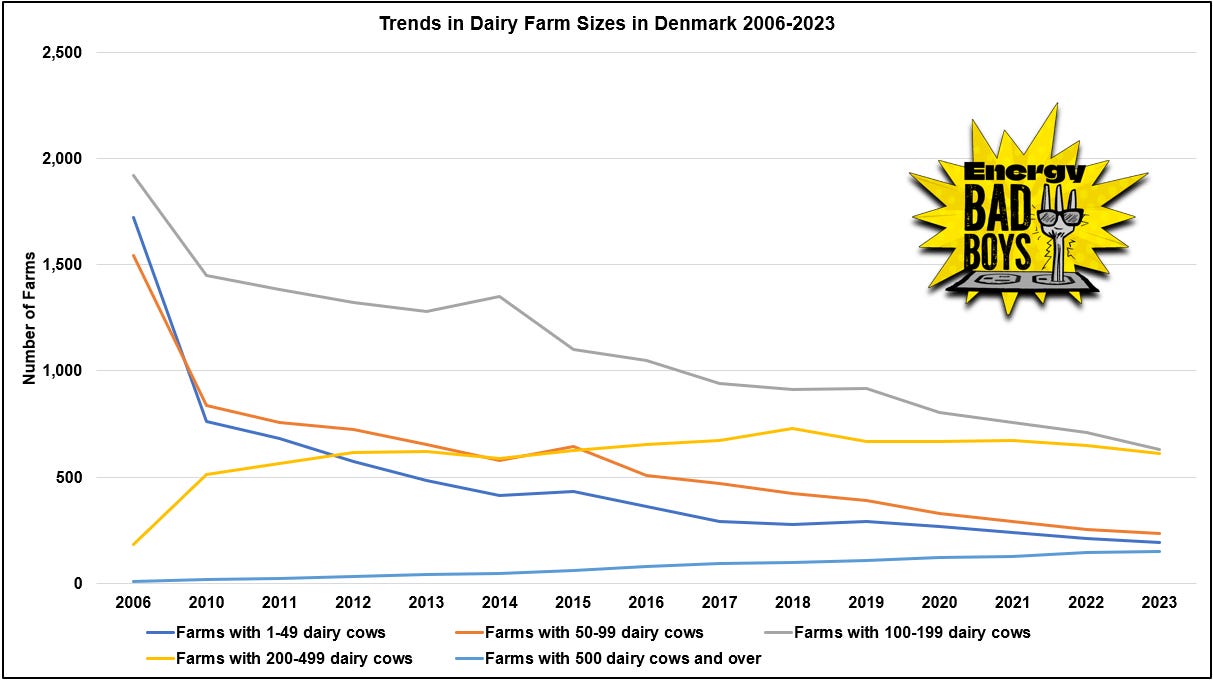
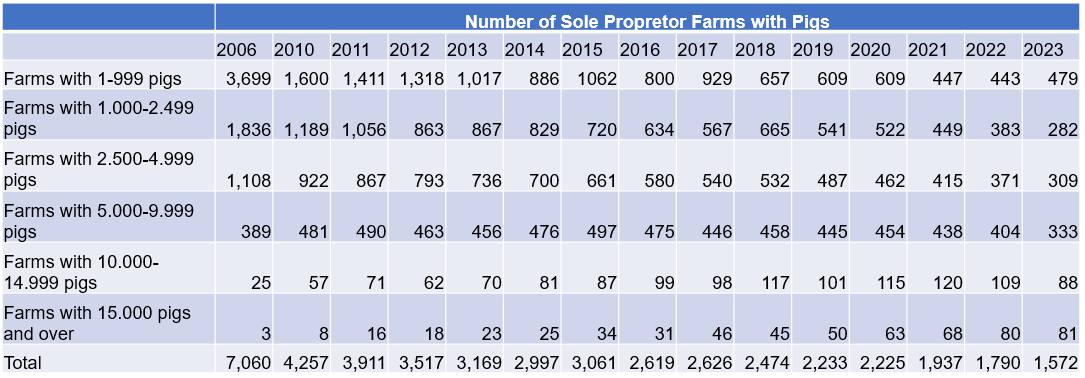
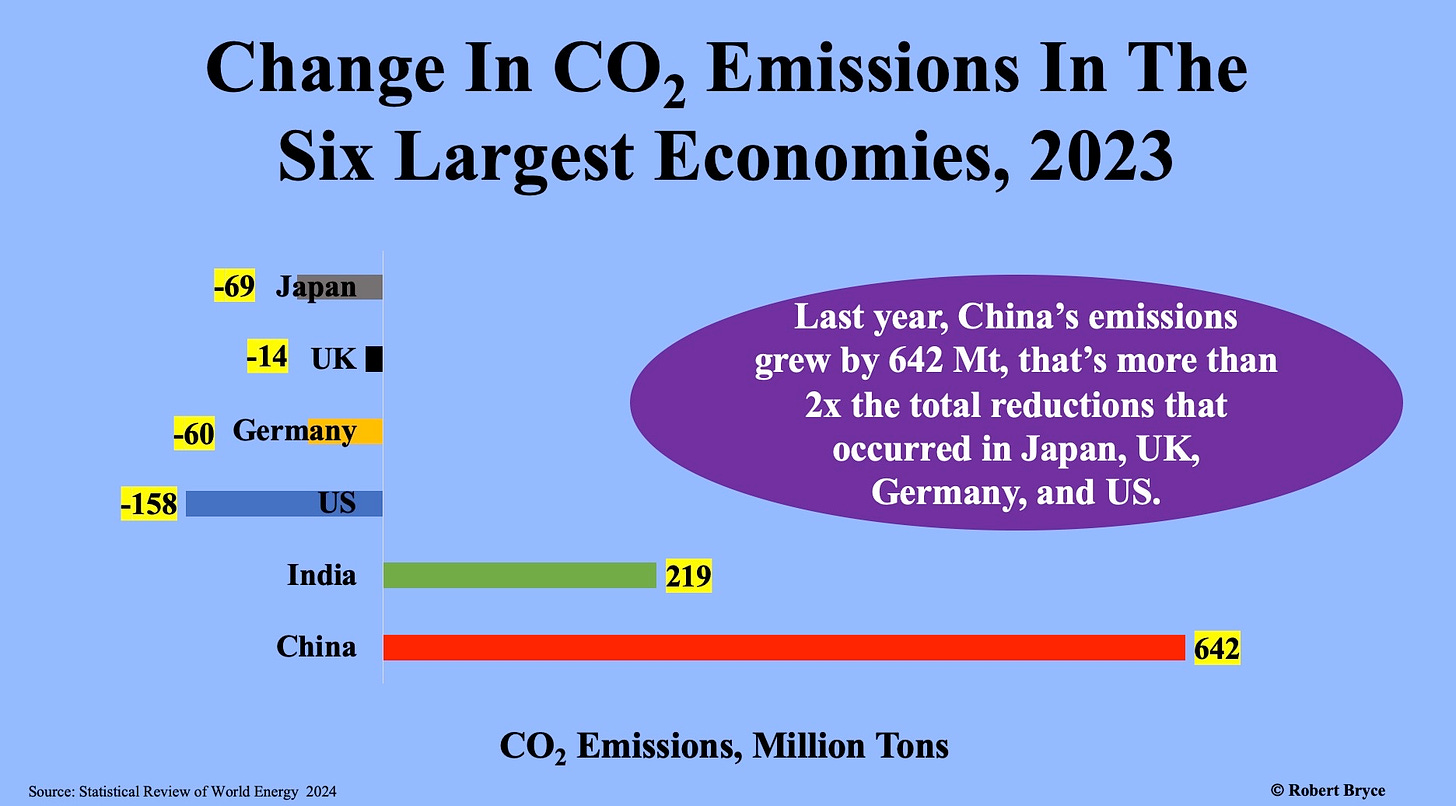

In your reading of the legislation, was anything said about the price of milk, and the possible additional or welfare that might be needed to insure all children have unfettered access to milk?
The calculated "emissions" from livestock amount to little more than fly shit in the pepper. It reminds me of when my company would occasionally fall on hard times, the first people laid off were the secretaries who made minimum wage; never the managers who got us into sad shape in the first place. This legislation is pathetic; virtue signaling with bells on!
Vaclav Smil's latest essay, "Half Way between Kyoto and 2050" frames the current political climate quite accurately. He says "there has never been such a depth of scientific illiteracy and basic innumeracy as we see today. Without any physical, chemical, and biological fundamentals, and with equally poor understanding of basic economic forces, it is no wonder that people will believe anything."
Thank you for your good work!
As a total aside, are you aware of any research which compares or consider power density as an opportunity cost? The latter is a cost foregone when a decision is made between two alternatives. Power density offers a measure of that cost when comparing wind or solar, with such pitiful power densities, to gas or nuclear. The density difference means more resources are needed; those resources are the opportunity cost of renewables.
The West is on a suicide mission with its insane climate policies. Its leaders are "useful idiots" of the global elite.